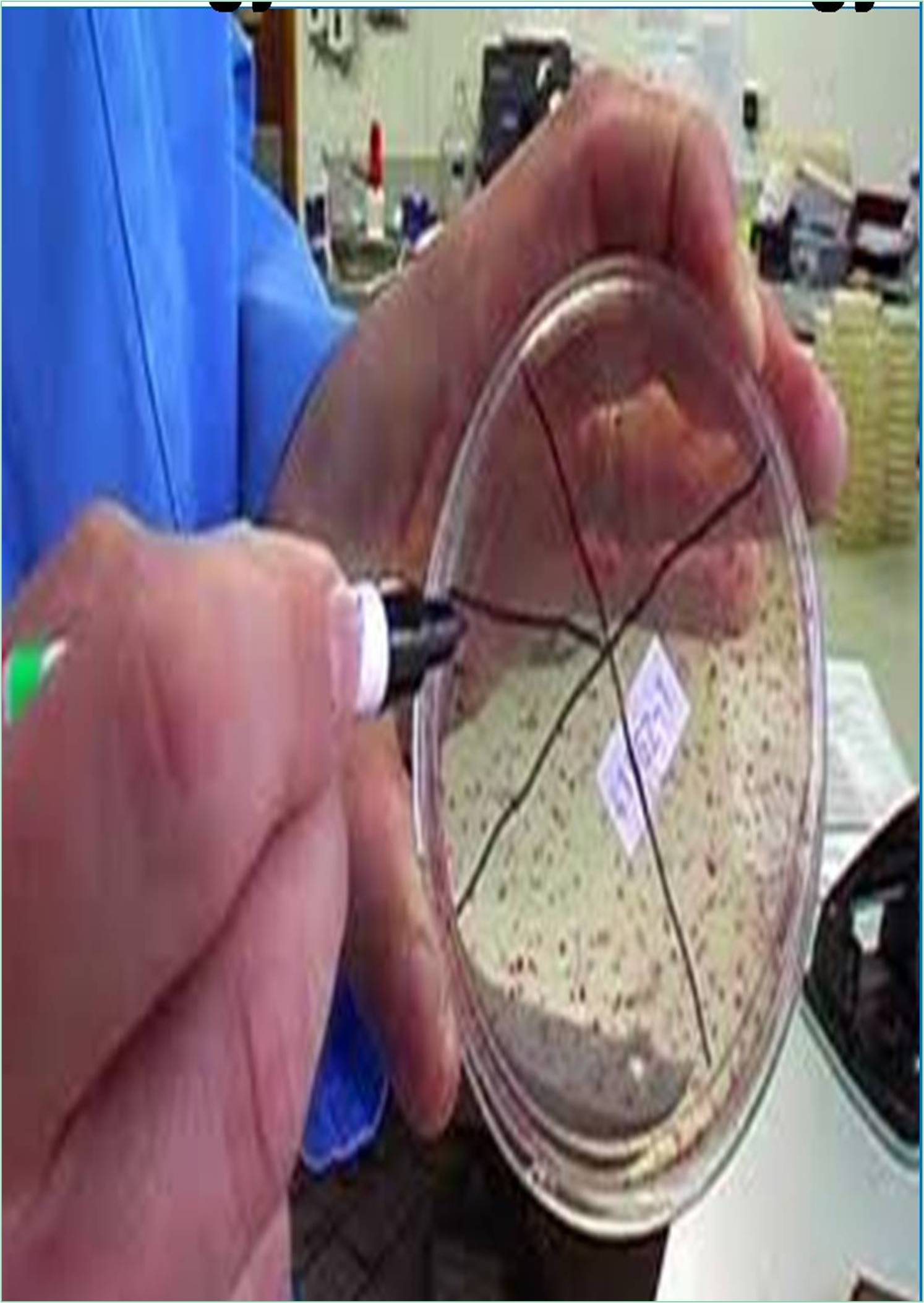



Received: 04-Mar-2022, Manuscript No. GJVI- 22-59565; Editor assigned: 07-Mar-2022, Pre QC No. GJVI- 22-59565(PQ); Reviewed: 28-Mar-2022, QC No. GJVI- 22-59565; Revised: 04-Apr-2022, Manuscript No. GJVI- 22-59565(R); Published: 11-Apr-2022, DOI: 10.15651/GJVI.22.2.5
TMV is made up of a fragment of nucleic acid (ri - bonucleic acid; RNA) and a closed protein coat. This virus is a sub microscopic, rigid, rod-shaped particle. If it is inside the plant cell, the protein coat will denature and nucleic acid portion promotes the plant cell to produce more virus nucleic acids and virus proteins, which disrupting the normal activity of the cell. TMV can multiply only inside a living cell but it can survive in a dormant state in dead tissue also, retaining its capability to infect growing plants for years after the infected plant part died. Most other viruses will die when the plant tissue dies.
The most prominent way that TMV can be spread from plant to plant is on worker’s hands, clothes or through tools. This is called ‘mechanical’ transmission. When plants are handled, the tiny leaf hairs and some of the outer cells inevitably are damaged slightly and leak sap onto tools, hands, and clothes. If the sap is with TMV, it can be transmitted into other plants when those come in contact with this sap. Sucking insects such as aphids don’t spread TMV. Chewing insects such as grasshoppers and caterpillars occasionally transmit the virus but are usually not much important in spread. Vegetative propagation perpetuates TMV and other viral diseases. Cuttings taken from an infected plant usually are infected even if no symptoms are immediately shown by the cutting. The viral particles are found in all parts of the plant except the few cells at the tips of the growing points. Infected stock plants should be discarded immediately (Caspar DL,1964).
TMV can also live outside of the plant in sap that has dried on tools and other surfaces. If a TMV plant is handled and then you open a door with the same hand, now you have put TMV on the door handle. The next person to open the door can pick up the TMV and spread it to any plant that they have touch (Capoor SP,1967).
Tobacco products, particularly those containing air cured tobacco, may carry TMV. Flue cured tobacco, which is used in making cigarettes, is heated repeat-edly during its processing, thereby inactivating most if not all TMV. Handling tobacco products or storing them in bags can contaminate your hands and clothes with TMV and will become a source of viruses. TMV can’t spread through the smoke from burning cigarettes. Symptoms based on the type of plant that is infected and the environmental conditions. In few cases, envi- ronmental conditions can cause symptoms, while in some other conditions the symptoms are hidden (Giacomelli GA,1993).
Symptoms associated with TMV infections
• Stunted growth
• Mosaic pattern on leaves mostly light and dark green (or yellow and green)
• Malformation of leaves or growing points
• Yellow streaks on leaves (especially monocots)
• Yellow spots on leaves
• Distinct yellowing of veins.
Some of the above symptoms can also be caused by high temperature, insect feeding, growth regulators, herbicides, mineral deficiencies, and mineral excesses. TMV diseases can’t be diagnosed on the basis of symptoms alone (Michen B,2010).
Managing TMV
No chemicals can cure a virus infected plant.
• Buying virus free plants.
• Remove all weeds since these may harbour TMV.
• Remove all plant debris from bench and greenhouse structures.
• Set aside plants with the above symptoms for diagnosis.
• Discard the infected plant.
• Place the tool in a disinfectant for at least 10 minutes to disinfect it. Rinse thoroughly with tap water. Completely wipe with any of these materials to disinfect door handles and other greenhouse structures that may be contaminated.
• Propagate plants by seeds rather than vegetative propagation.
• Wash your hands thoroughly after handling tobacco products or plants infected with TMV.
• Do not put tobacco products in the pockets of clothes worn in the greenhouse. Wash your greenhouse work clothes regularly (Watson JD, 1953).